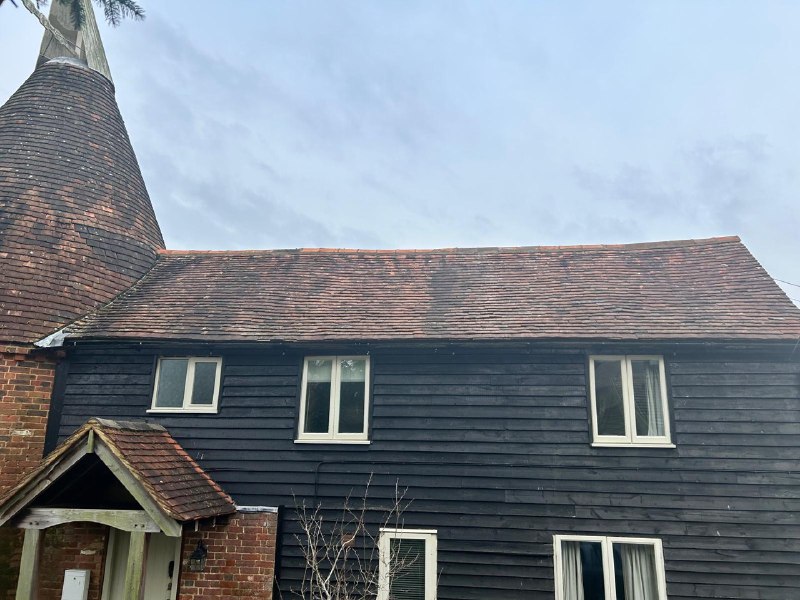Slipped Tiles: Repair or Replace? Understanding the Cost Dynamics
Introduction: Slipped or damaged tiles are a common roofing issue homeowners face, and they can compromise the integrity and aesthetics of the roof. When confronted with this problem, property owners often weigh the costs and benefits of repairing the slipped tiles versus replacing them altogether. This blog post delves into the cost of repairing slipped tiles versus replacing them entirely, helping homeowners make informed decisions to protect their roofs and budgets.
- Repairing Slipped Tiles:
- Repairing slipped tiles involves repositioning or resecuring the displaced tiles to their original position. This typically requires the expertise of a professional roofer and may involve minor adjustments or repairs to the surrounding tiles or roofing materials. The cost of repairing slipped tiles varies depending on the extent of the damage, the accessibility of the roof, and the labour involved.
- Factors Affecting Repair Costs:
- Several factors can influence the cost of repairing slipped tiles, including the number of tiles affected, the type and condition of the roofing material, and the complexity of the repair process. Additionally, factors such as roof pitch, height, and accessibility may impact labour costs. Minor repairs to a few slipped tiles may be inexpensive, while extensive damage or difficult-to-access areas may incur higher costs.
- Replacing Slipped Tiles:
- Replacing slipped tiles may be more practical and cost-effective, especially if the tiles are damaged beyond repair or if multiple tiles are affected. Replacing slipped tiles involves removing the damaged tiles and installing new ones. The cost of replacing slipped tiles depends on the type and quantity of tiles needed and the labour required for installation.
- Cost Comparison:
- When comparing the cost of repairing slipped tiles versus replacing them, homeowners should consider the long-term implications and potential savings. While repairing slipped tiles may offer immediate cost savings, it may only provide a temporary fix if the underlying issues are not addressed. Replacing slipped tiles, on the other hand, may involve higher upfront costs but can provide a more permanent solution and prevent future damage and repairs.
- Roof Inspection and Assessment:
- Before deciding whether to repair or replace slipped tiles, homeowners should conduct a thorough roof inspection to assess the extent of the damage and identify any underlying issues. A professional roofing contractor can provide expert guidance and recommendations based on the condition of the roof, helping homeowners make informed decisions that align with their budget and long-term goals.
- Preventative Maintenance:
- To minimise the occurrence of slipped tiles and prolong the roof’s lifespan, homeowners should invest in regular roof maintenance and inspections. Routine inspections can help identify and address issues early on, preventing minor problems from escalating into costly repairs or replacements. By staying proactive about roof maintenance, homeowners can protect their investments and avoid unexpected expenses.
Conclusion: When faced with slipped tiles, homeowners must weigh the costs and benefits of repairing versus replacing them, considering factors such as the extent of the damage, the type of roofing material, and the long-term durability of the repair. By consulting with a professional roofing contractor and prioritising preventative maintenance, homeowners can make informed decisions to safeguard their roofs and budgets in the long run.
Call us on: 01302 490 285
Click here to find out more about DGH Roofing Armthorpe
Click here to complete our contact form and see how we can help with your roofing needs.

